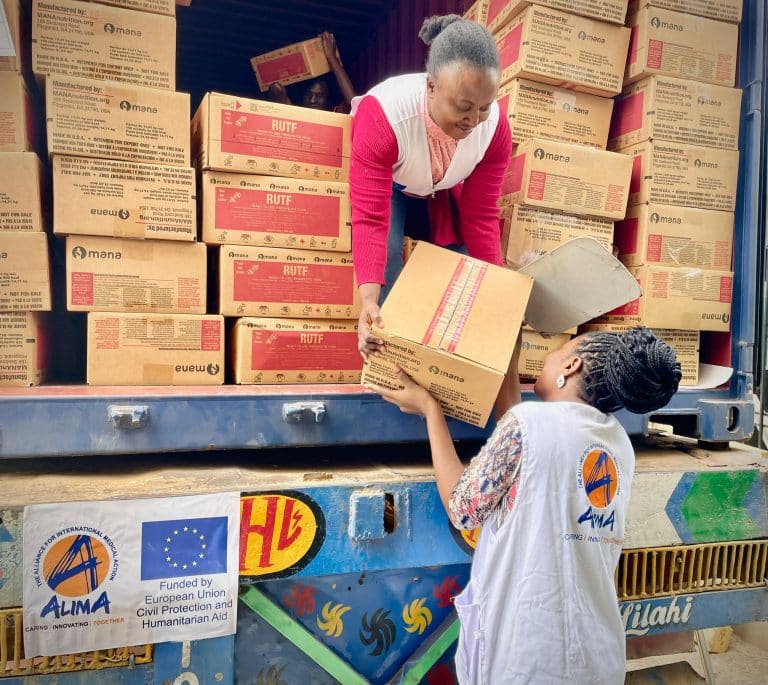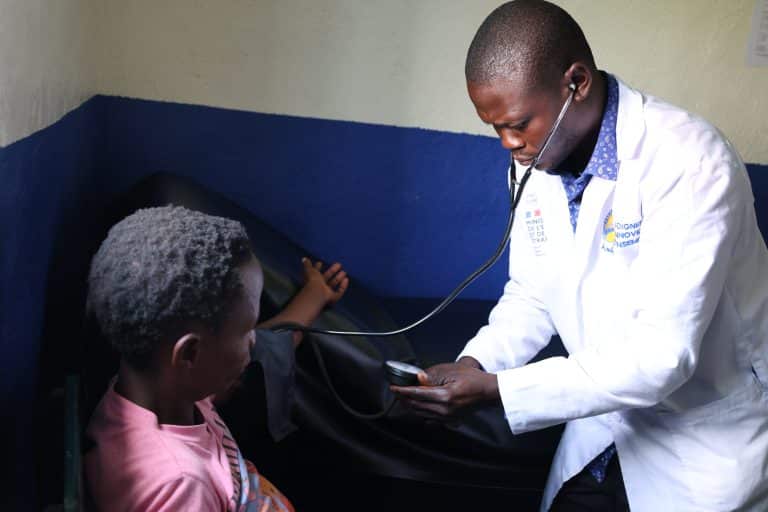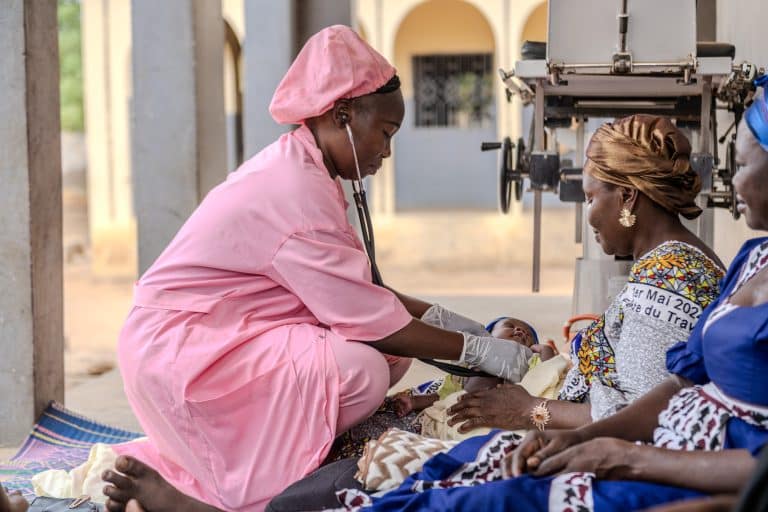Because children often arrive at a health center in the advanced stages of malnutrition, the idea was, rather than wait each month for a community health worker to come and screen their children, mothers could measure the mid-upper arm circumference (MUAC) of their child on a regular basis at home. ALIMA introduced the MUAC bracelet, composed of three colors: green, yellow, and red, for mothers to wrap around the mid-upper arm circumference of their children and assess their levels of malnutrition. If the child’s arm measures in the red or yellow zones, they should seek medical care. Like a thermometer, this is an easy-to-use tool that helps mothers monitor their child’s health.
The problem is, the current process of admitting children into malnutrition treatment programs is overly complicated. The difference between moderate acute malnutrition (MAM) and severe acute malnutrition (SAM) is just 1mm, and the treatment programs are managed by different actors, follow different protocols and use different therapeutic foods. In many places, MAM programs are no longer funded, which means by the time a child is sick enough to qualify for the SAM program, they are already at the point of needing hospitalization and require more rations of therapeutic food.
Now, ALIMA is trying to go one step further and break down the treatment barrier that exists between moderately and severely malnourished children. As part of a study known as MUAC Only (OptiMA) in Burkina Faso, the ALIMA/SOS Médecins/Keoogo consortium continue to train mothers to use the MUAC, but have expanded the MUAC admissions criteria to include all children suffering from MAM and SAM in the same program. This reduces the risk of complications and hospitalization, and simplifies the admission and treatment process for malnourished children. Additionally, by gradually reducing therapeutic food rations as kids get healthier and improve their MUAC status, the program can treat more children without incurring more expenses.
Watch below to learn more about our innovative approach.
Photo & video : What took you so long? / ALIMA





